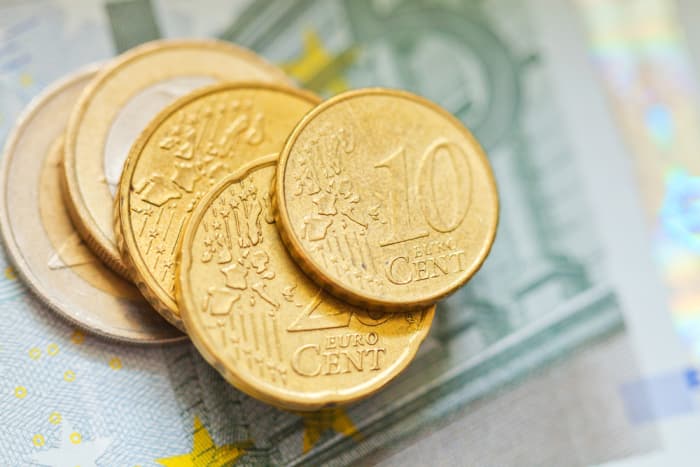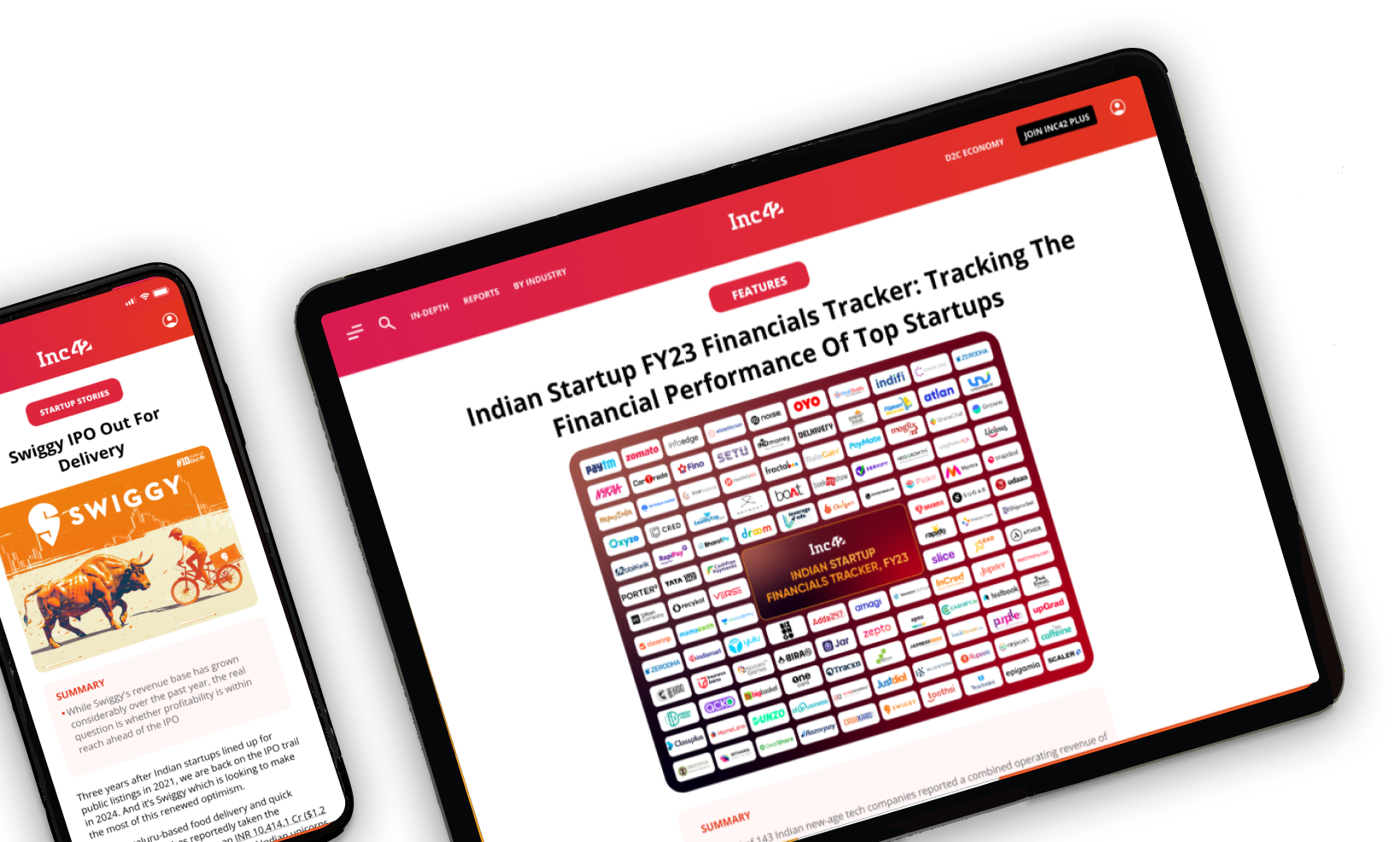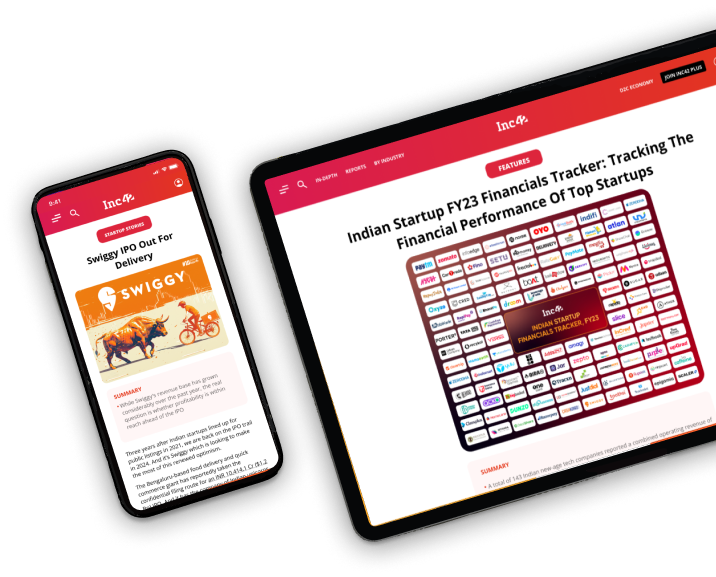Yesterday at the #PreMoney conference the most frequently mentioned strategy for deal flow among venture capitalists was the “warm introduction” from an entrepreneur or an earlier stage investor. Since the easiest filter was someone’s capability to both judge you and your idea, most investors were looking for a “previously vetted” opportunity. That did not mean an automatic investment, just a guaranteed meeting with the investor.
I had a chance to ask Micro VC investors where they felt they could add the most value above and beyond the money. Most were of the opinion that fund raising, connections to potential hires and introductions to new customers were the areas that most entrepreneurs asked for help. There were other areas that entrepreneurs asked for help, but the top 3 tended to be the same.
A typical Micro VC fund investor has more likely been an entrepreneur before or has been an investor at a larger fund, so most of them had raised money before from VC’s or LP’s. They should have a decent network of other later stage investors and some of them have angel investor connection as well, so if you are earlier stage, then they could refer you to them instead.
According to CBInsights’s Anand, there are 1400 Venture firms in the world and 1/3rd of them in the bay area, so between 400 and 500. Each VC firm has about an average of 5 people in their team, of who, 3 would be partners. So there are between 1200 and 1500 partner-level investors. Most of the Micro VC investors I know have good relationships with at least 20-30 investors, with who they have likely done deals with or referred companies to. If they have only met another VC firm partner at conferences or events, or over coffee, it is very unlikely they will be able to give you a “warm” introduction.
When you get your pre-seed or seed round underway with a Micro VC fund or angel group, one of the key questions that will come up is who will be the investors at the next stage of the company. If that does not come up, then you should bring that up as a question. If the VC or you believe that their check or the seed round will be the last money you will ever need, then you should rethink your opportunity size.
If your investor knows 30+ partner-level series A investors, they are likely to filter the right investors by 2-3 primary criteria, and introduce you to them, given that they already know that most series A investors invest largely the same amount and look for the same range of milestones.
The primary criteria would be “domain expertise“, “value add” and “recent portfolio investments“. If a series A investor has expertise in SaaS HR, or SaaS marketing, and they can add value in the area your startup needs the most help with, for example, hiring people from other SaaS companies, so they would be a better fit.
Typically, most Micro VC funds I spoke with said they ended up making an average of 10 introductions, with the “hot” companies needing not more than 5 and the “still looking for the perfect metrics” requiring about 15 introductions.
An average of 6 out of every 10 companies that a Micro VC invested in (for the 13 people I spoke with) actually got to series A in less than 18 months without the Micro VC requiring another investment in the company was the average numbers I saw quoted as well.





























 Ad-lite browsing experience
Ad-lite browsing experience